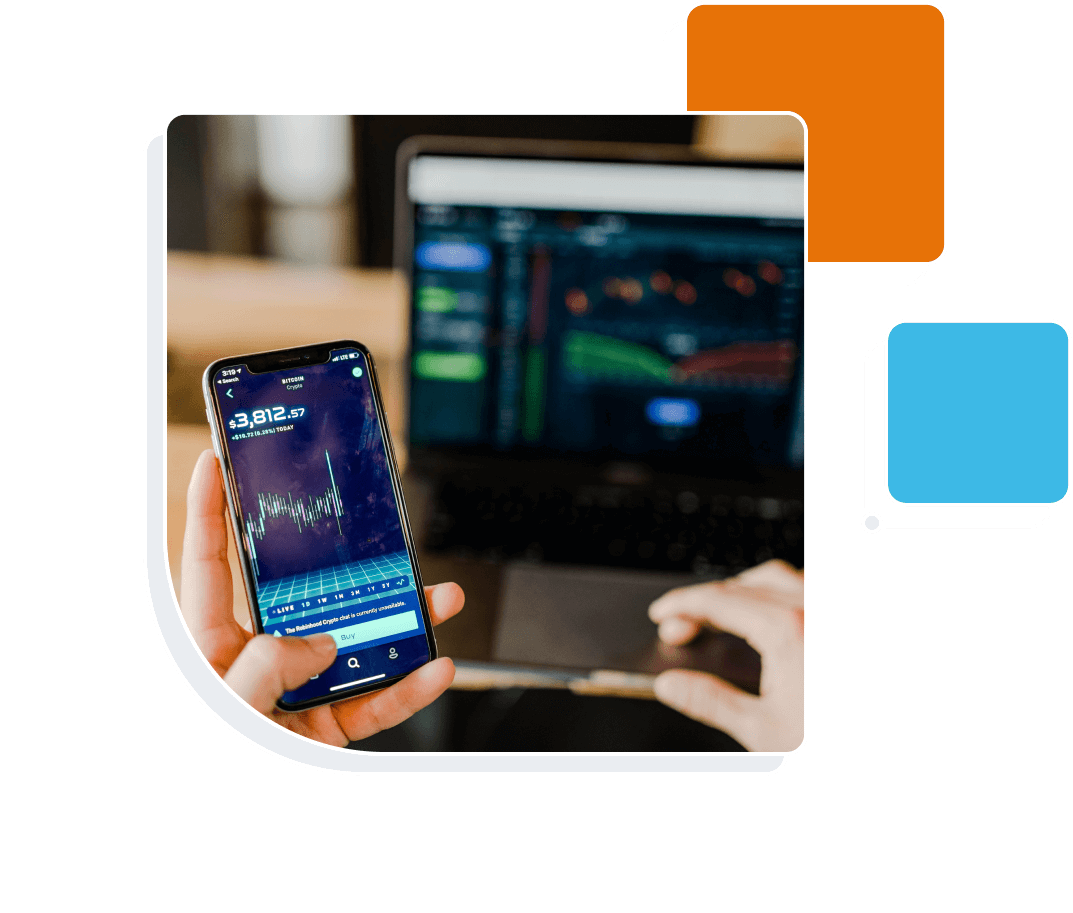
The challenge of achieving free and easy access to legacy assets is daunting, especially considering that it is only a part of your Modernization program

Are Data and Processes Really Trapped in your Legacy Systems?
I keep reading and hearing about data and processes that are ‘trapped in your legacy system.’ The immediate picture I see is a dungeon in a castle, behind a drawbridge, surrounded by a moat.
By allowing efficient and secure access to your legacy data and functionality, they are now well-protected and safe instead of imprisoned or trapped.
My wife bought a new car. She likes to drive a stick shift (the one with the extra pedal). It turns out that insuring her new car is less expensive because a – the car is less expensive, to begin with, and b – at least in my area, car thieves prefer automatic.
Thus, a perceived impediment (gear shift) becomes an absolute advantage (lower costs) simply by changing your frame of reference. And the legacy systems housing your data protect your data, providing unparalleled processing power and proven reliability. And that drawbridge, the connector to the digital world, is unmatched in its efficiency to allow secure and reliable communications.
The only trick is to be still able to access those data and functionality by digital consumers freely and easily.
The challenge of achieving that free and easy access to legacy assets is daunting, especially considering that it is only a part of your Modernization program. However, using automation, scripts, and templates to create deployment-ready functional modules, APIs and microservices can make this step less risky, less expensive, and more manageable.
Now, we add another complication – Modernization.
Let’s try that trick of reframing the issue of ‘trapped data’ within the context of the three major modernization approaches:
- Modernize in Place - is centered around legacy and cloud working in harmony. Hybrid architecture enables instant cloud-native service generation, taking advantage of the full potential of your legacy systems as cloud-ready assets.
- Rehosting/Replatforming - Maintaining functional equivalency while moving the legacy to the cloud. By automatically generating the necessary connectivity points from legacy services and the cloud, you can immediately take advantage of a cloud-native approach that can deliver in a minimized risk, simple, and cost-effective manner.
- Replace/Rewrite – Here, we need to export data to new systems. Because this is a one-off operation, the need is for quick and disposable connections that can be used in automation scripts.
We can immediately see that all three tracks share the same perceived impediment – ‘trapped data.’ Instead, let’s call them ‘legacy assets.’ And all three tracks share the same requirement – open free and easy access to those assets. Let’s call that ‘bridging the Last Mile.’
So, rephrased by enabling easy yet secure access, we now have well-protected legacy assets needed in the digital world, no matter which modernization track you take. You need that Last Mile bridged.
OpenLegacy’s platform provides this access quickly and efficiently. Using our patented technology, you can build the APIs and microservices you need to bridge the ‘Last Mile’ quickly and without drama.
To learn more about how we can help your modernization program, visit our webpage on legacy modernization.
We’d love to give you a demo.
Please leave us your details and we'll be in touch shortly
